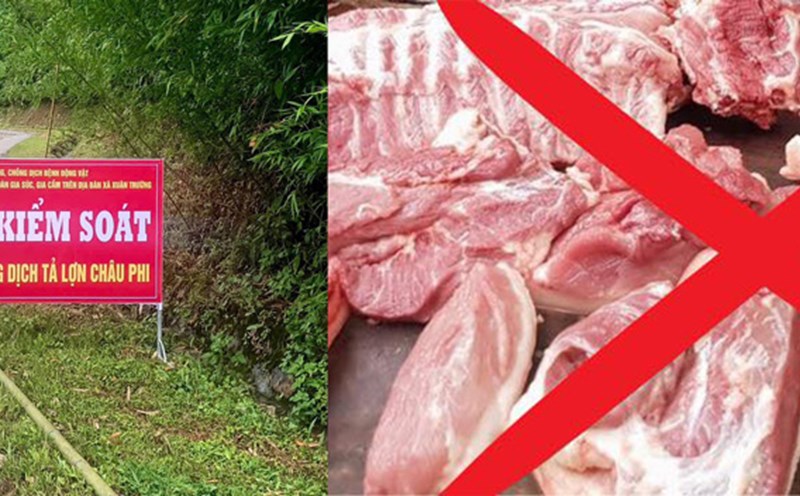African swine fever (DTLCP) is developing extremely complicatedly in Cao Bang province, with nearly 120,000 pigs destroyed as of August 22, this figure accounts for nearly 30% of the total pig herd in the province.
According to the latest report of the Department of Agriculture and Environment (DONRE) sent to the People's Committee of Cao Bang province, in just one week from August 16 to 22, the epidemic continued to flare up with 88 new hamlets developing an epidemic, killing and destroying 37,323 pigs, an average of more than 5,000 pigs per day.
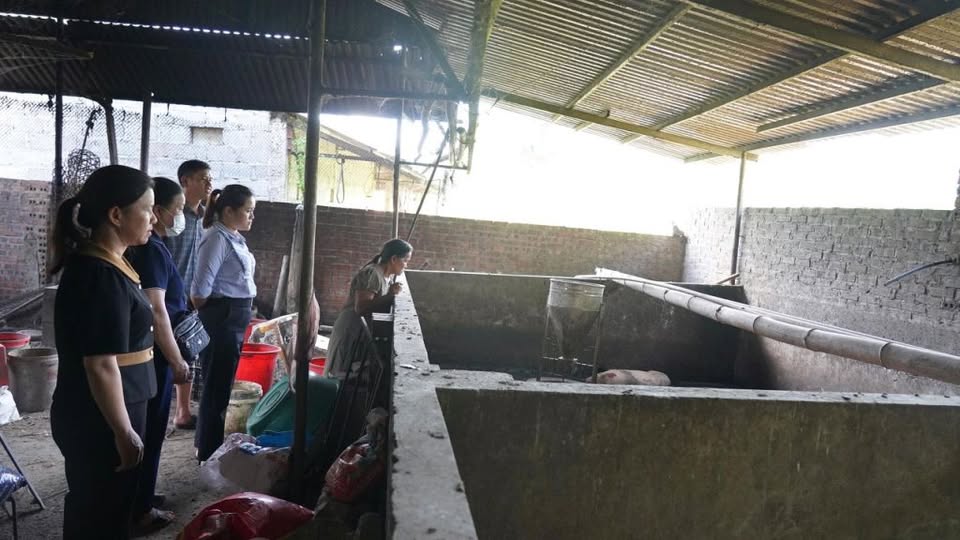
On August 28, information from the Department of Natural Resources and Environment of Cao Bang province said that the epidemic started to break out in the second half of July 2025 and spread strongly from the beginning of August, and has now appeared in 1,141/1,462 hamlets, belonging to 56/56 communes and wards in the area.
The large number of dead and destroyed pigs has caused great pressure on environmental treatment and burial, posing a potential risk of serious pollution.
Some communes that suffered the most damage included Trung Khanh with 100% of hamlets having an epidemic and 7,430 pigs dead, Nam Tuan also 100% of hamlets with 6,141 dead, Doai Duong 100% of hamlets and 6,176 dead, and Truong Ha with 6,445 damaged pigs.
The cause was determined to be the emergence of a new strain of the virus that crosses genotype I and II, while the current vaccine is only valid for genotype II.
"Along with that, hot weather conditions with humid rain in the coming time are forecast to continue to create a favorable environment for the virus to thrive" - report No. 4013/BC-SNNMT stated.
In that situation, the Provincial People's Committee and the Department of Natural Resources and Environment have directed each locality to actively apply epidemic prevention measures such as placing epidemic area signs.
Establishing 24/7 checkpoints and mobile inspection teams, at the same time, most communes have proactively spent their budgets to buy chemicals and lime powder to serve the destruction and disinfection work.
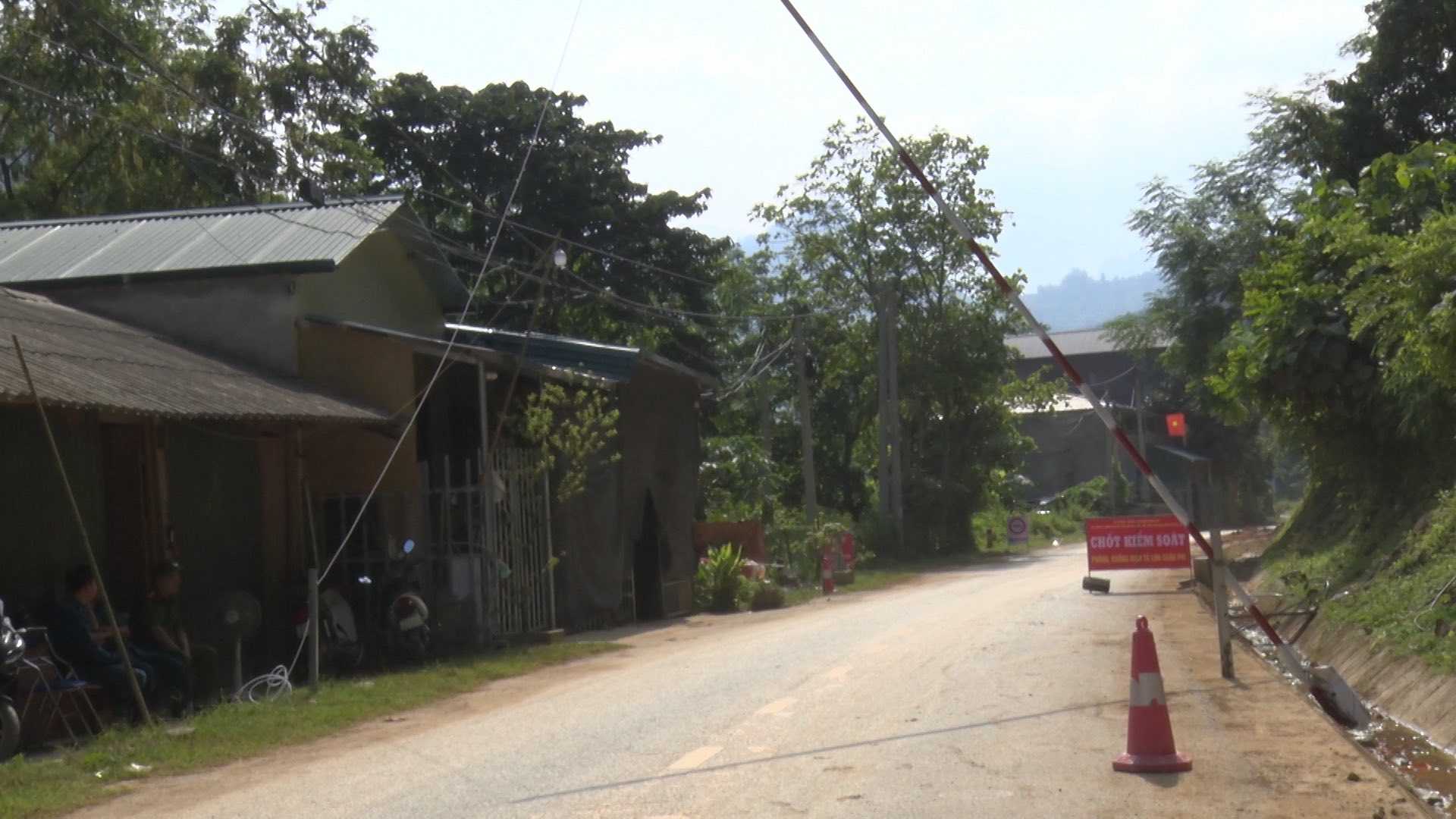
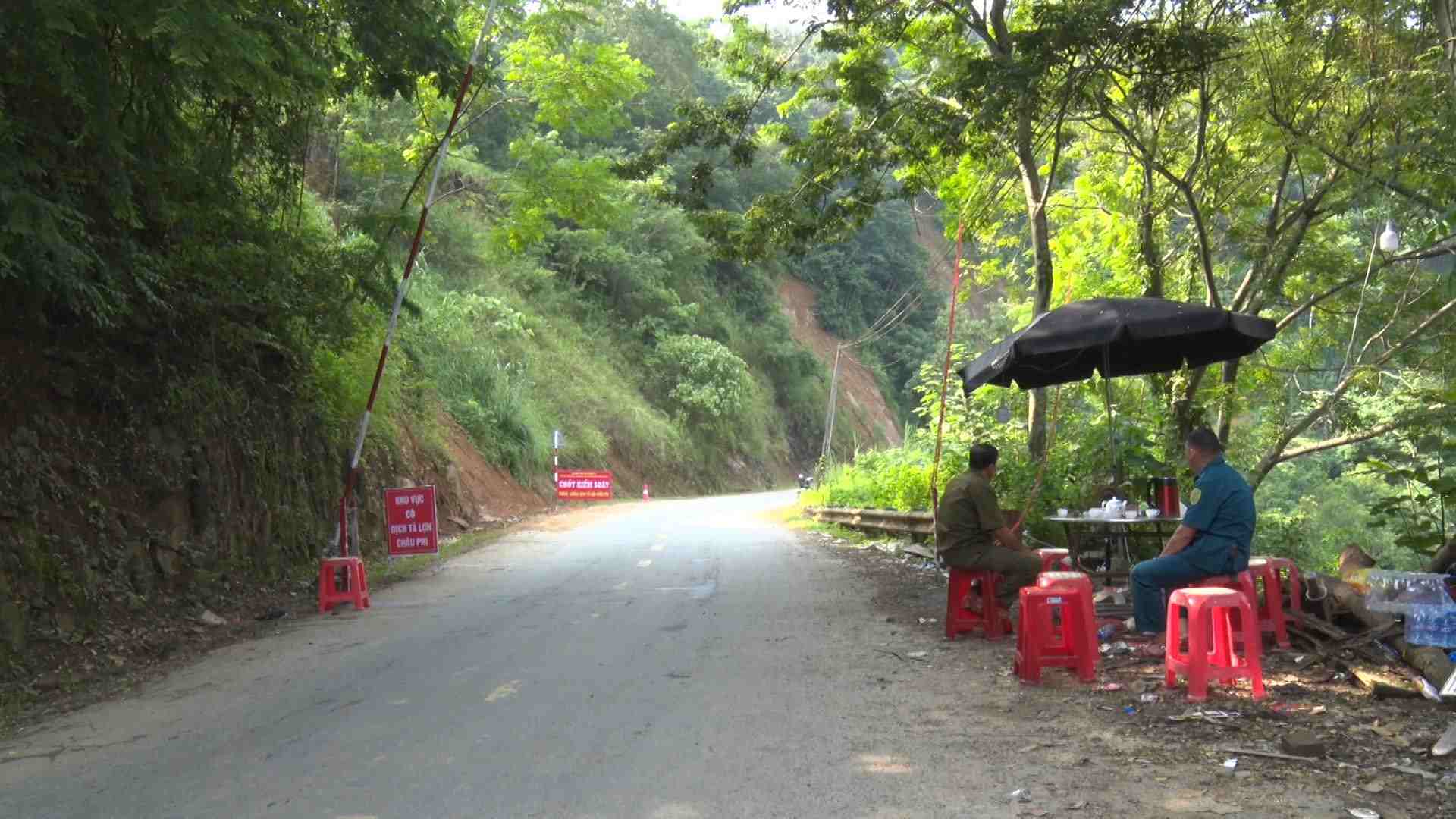
Vaccination work has also been promoted as the whole Cao Bang province has vaccinated 58,810 pigs (as of August 20), some communes such as Ha Quang and Phuc Hoa have also proactively purchased more vaccines to vaccinate healthy pigs in areas without epidemics.
In addition, the authorities also increased control of transportation and discovered and destroyed pigs positive for DTLCP virus at the checkpoint.
Currently, the Department of Natural Resources and Environment is recommending the Department of Finance of Cao Bang province to guide communes and wards to use the budget in accordance with regulations for epidemic prevention.
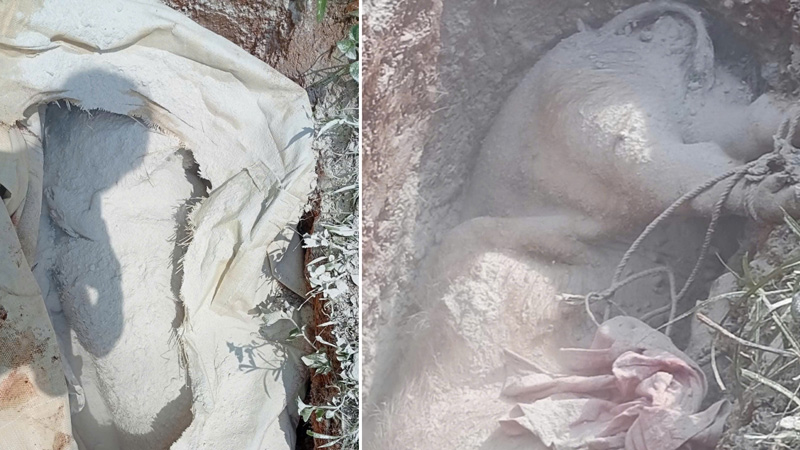
Along with that, the unit also requested 56 communes and wards to continue to closely monitor and announce the end of the epidemic in qualified hamlets (there will be no new cases after 21 days) so that people can stabilize production but still limit the herding immediately afterwards.
At the same time, review and evaluate the effectiveness of the recent vaccination campaign to have a basis for proposing appropriate disease prevention measures in the coming time.
The epidemic is considered to be still unpredictable and requires the drastic participation of the entire political system and the people's proactive awareness of epidemic prevention.



